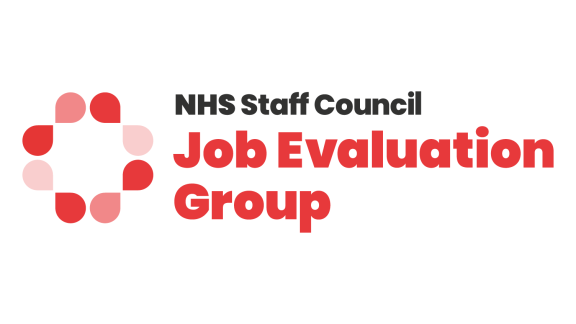Writing successful job descriptions

Job descriptions often need to fulfil a number of purposes:
- for recruitment
- for job evaluation
- for performance management.
This article describes what is needed in a job description for job evaluation (JE) purposes. Separate documents or versions may be needed for other purposes.
Please note this web page was first published in August 2020 and was last reviewed for accuracy in September 2025.
The NHS Job Evaluation Scheme (JES) measures the skills, responsibilities and effort required for a job in order to allocate it to a pay band. It uses consistent criteria across the wide range of NHS jobs in order to ensure pay parity and avoid equal pay challenges.
Trained job evaluation (JE) panellists use agreed job information when undertaking job evaluation (or matching to national profiles). Part of this information is an agreed job description that gives sufficient information for the panel to understand the responsibilities of the job and the skills required to do it.
Therefore, the job description considered by a JE panel needs to:
- describe the skills and responsibilities needed to perform the role
- define where the job fits within the overall company hierarchy
- outline the types of activities a post-holder is expected to do and decisions they may need to make
- outline the autonomy a post-holder has in undertaking the duties required by the role.
Whilst the job description is a key document for job evaluation, it does not need to be written to follow and give information on each the 16 factors of the NHS JES.
National job profiles are not job descriptions.
Job descriptions do not need to look like a national job profile.
Do not use words and phrases taken straight from the NHS Job Evaluation Handbook or national job evaluation profiles. Many of the phrases that are used in profiles and the factor plan are defined within the NHS JE handbook and may not make sense by themselves in a job description.
A job description (JD) describes a role while the JE profile is used for analysing the information on the JD and therefore should not be the same. Where the language is the same as the JE profile, the JD is likely to be rejected by the panel. However, you can look at profiles to get an idea about the expectations and differentiation between profiles at different bands.
There are some factors that would not be expected to be covered in a JD, such as effort factors. There is provision for collecting that information in the NHS Job Evaluation Handbook either by using partnership job analysts or by agreeing a pro forma for the jobholder and their line manager to complete.
Line managers writing or reviewing job descriptions are encouraged to work with their organisation’s job evaluation leads. They will be able to ensure that the contents of the JD are clear for job matching purposes.
Job evaluation and matching panels also consider the person specification drawn up for recruitment purposes. However, panellists need to be aware that the main purpose of the person specification is recruitment, to assess the skills and experience necessary to recruit someone into the role and to assist with shortlisting. Job evaluation measures the role, not the person in the role – so panels need to take care when assessing skills and knowledge where this needs to be learnt on the job and is not stated as an “essential criteria”. In some roles, qualifications are necessary in order to register to practice, but for many roles there will be alternative ways of showing competence.
Top tips to consider when drafting a job description in your organisation:
See NHS Staff Council Job Evaluation Group advice for NHS employers recruiting jobs defined or described by other organisations.
NHS Terms and Conditions of Service (TCS) Resource Hub
Please note, the content on this web page can now be found on the NHS TCS Resource Hub, which has resources and guidance to assist employers in understanding and applying the NHS TCS Handbook and NHS Job Evaluation Handbook.



